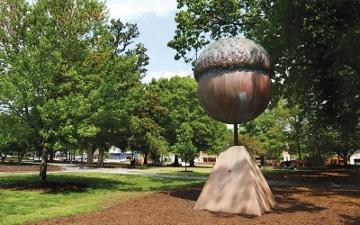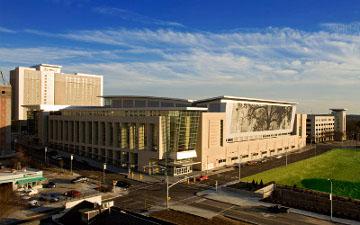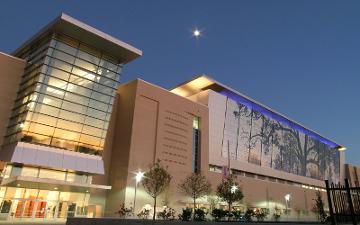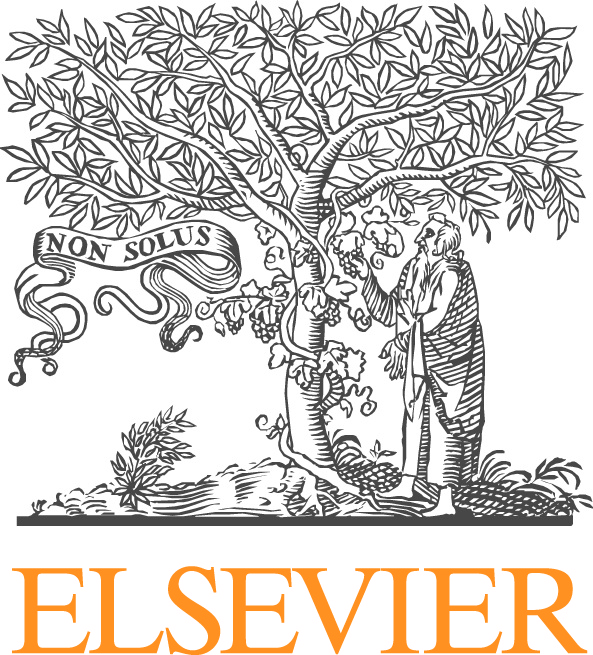
Multi-scale Mechanics Modeling of Phase Transitions
Shailendra Joshi, Prashant Purohit, William Klug, Arash Yavari
Phase transition is a broad term associated with materials that may possess distinct solid phases that are stable or metastable variants of the underlying structure. These variants may nucleate and evolve under external stimuli. As a result they may co-exist within a microstructure and are typically delineated by interfaces that evolve. Some examples of such microstructures are shape memory alloys, ferroelectric materials, twinned metals, and many more. Structural changes in some biological systems (e.g. DNA, coiled-coil proteins, fibrin filament networks, viruses, lipid membranes) may also be construed as a phase transition phenomenon. Modeling the mechanics of phase transitions under thermo-mechanical conditions has been a topic of immense interest that cuts across many scientific and engineering disciplines.
This mini-symposium aims at bringing together researchers with a broad interest in modeling the evolution of phase transitions in materials that span a wide range of stiffness scales. Materials aspects of interest include, butare not limited, to phase transition in shape memory materials, evolution of ferroelectric domain walls, twinning in metals, phase changes in biological systems, etc. These phenomena may be addressed using a wide range of modeling techniques such as molecular dynamics, lattice-based models (lattice statics and lattice dynamics), continuum mechanics or hybrid methods that combine these approaches. Also of interest are mechanism-based approaches informed by real or virtual experiments to model the phase transition behaviors within a continuum framework.

